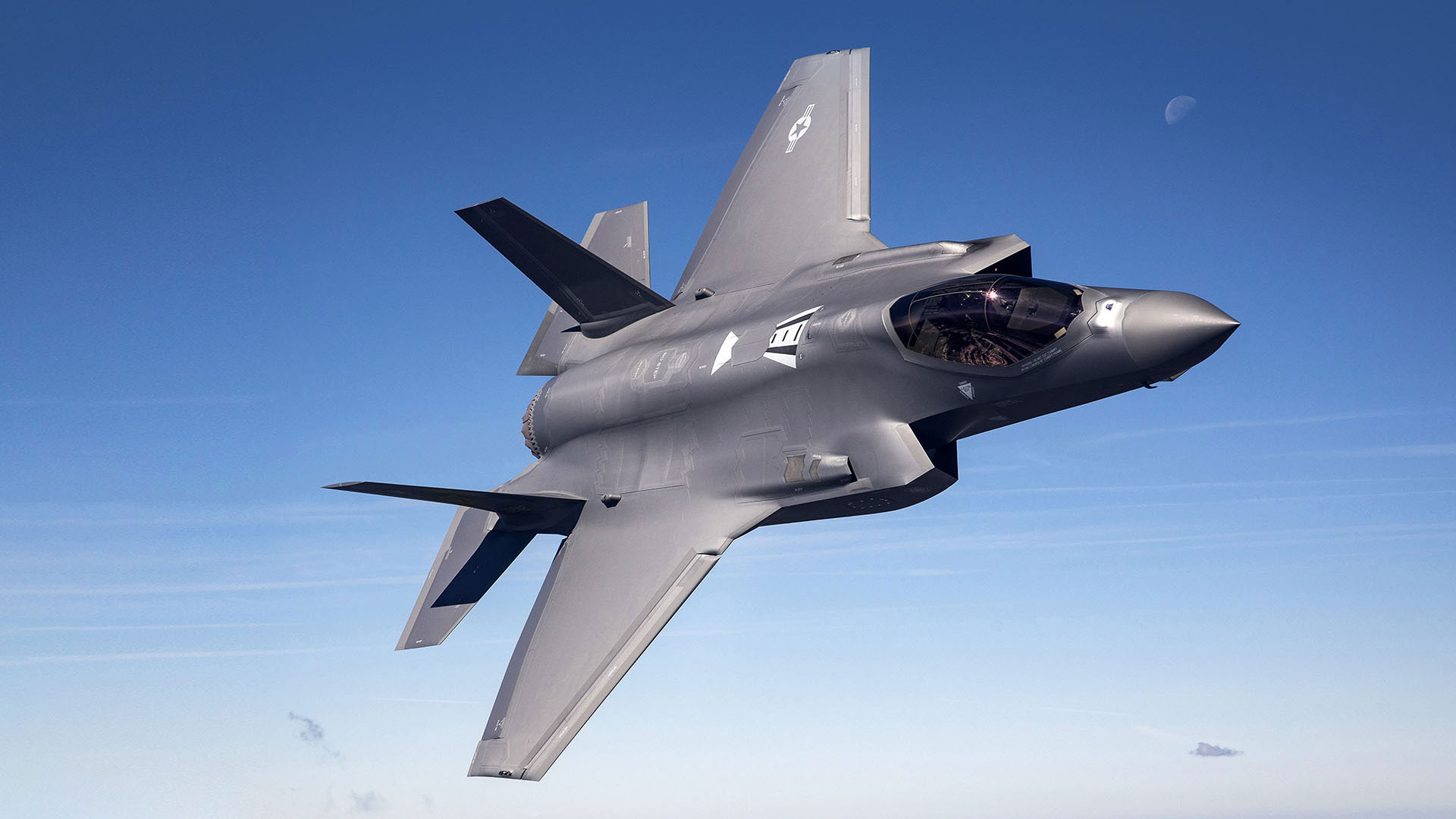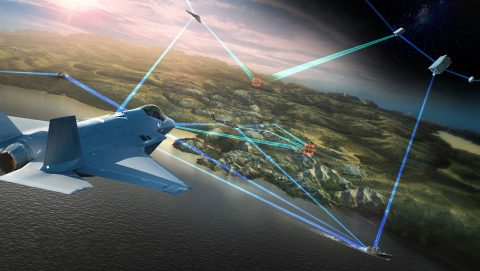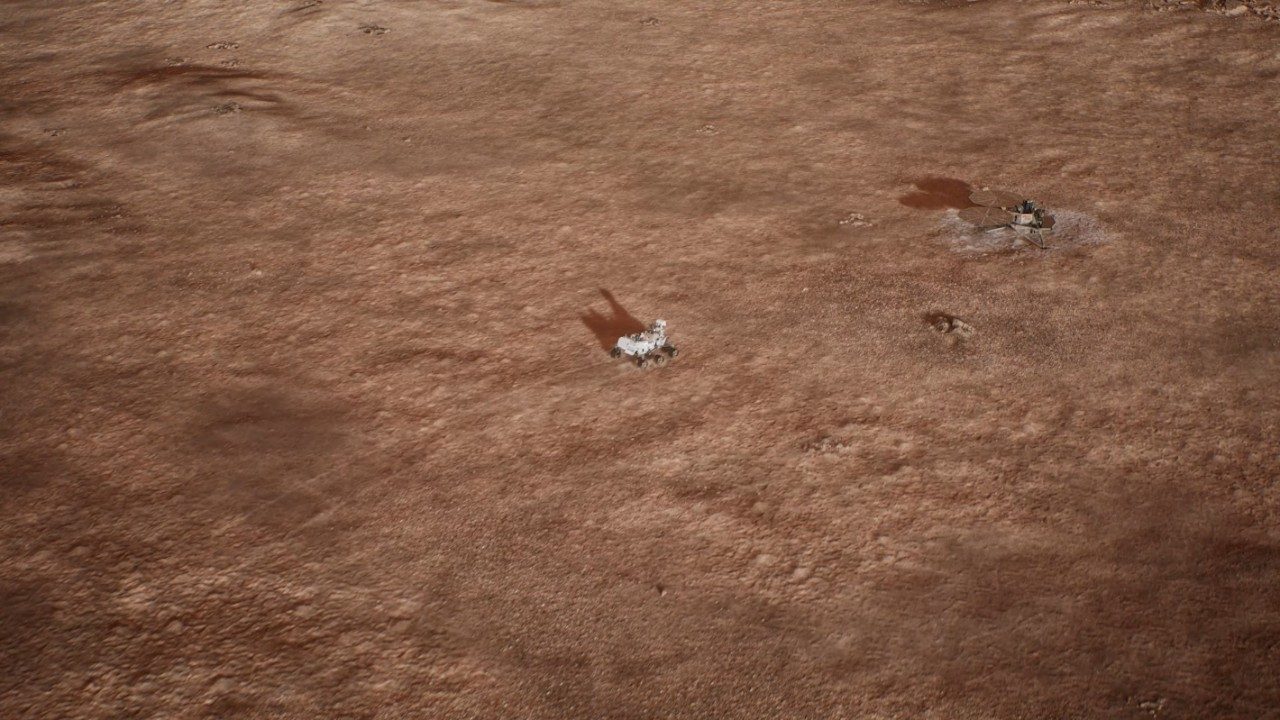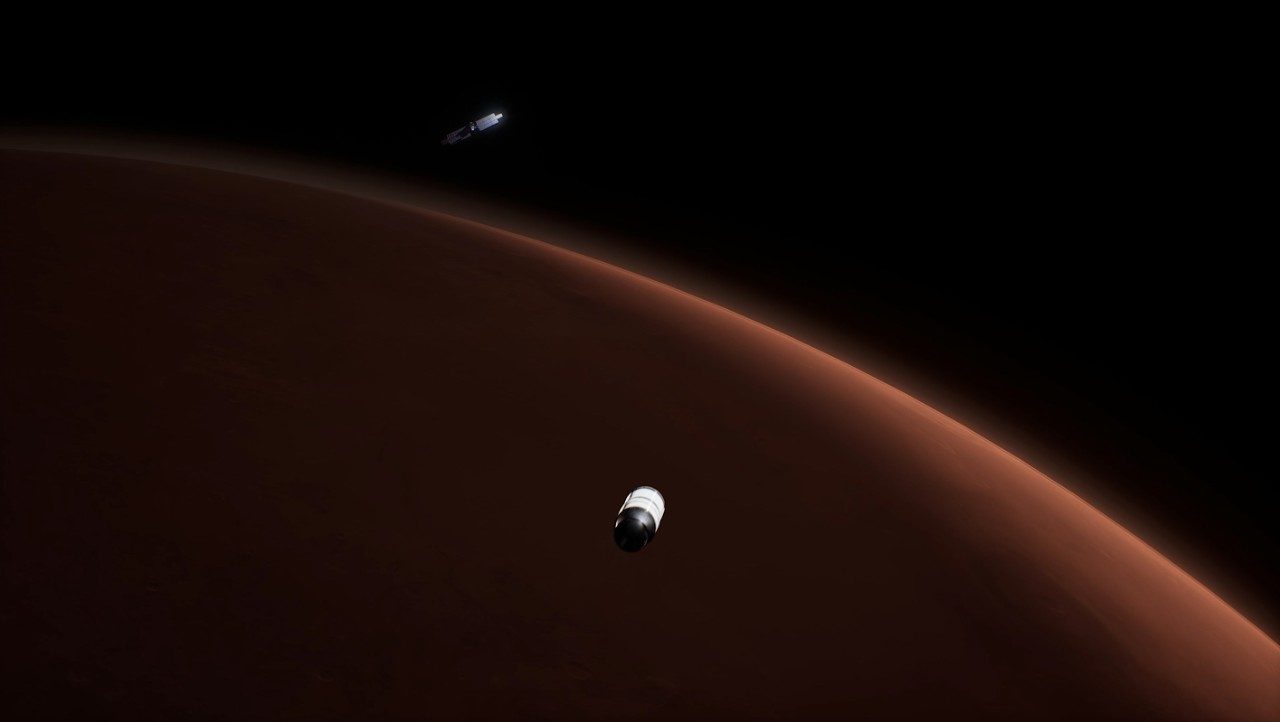Bringing Commercial Industry Efficiency to Exploration: Lockheed Martin's Plan for Mars Sample Return
Firm-Fixed Price Offer Decreases Cost, Risk
As our nation increasingly looks to commercial industry, Lockheed Martin Space offers a variety of options to meet the evolving needs of science and space exploration.
Last year alone, 60 percent of Lockheed Martin’s total sales were fixed price. In the company’s Space business area, we have implemented contracts for NASA as service offerings, most notably the Orion Exploration Flight Test 1 (EFT-1) mission, and have been involved in many other commercial bids to NASA.
Our most recent commercial industry-led offer to NASA is to execute Mars Sample Return (MSR) as a firm-fixed price solution for under $3 billion. Given current MSR estimates of $7 billion, our goal is to utilize existing designs and streamline operations of the primary spacecraft and systems – while managing risk and reducing oversight – offering a significantly lower total mission cost.
This is just one example of how Lockheed Martin can fundamentally change the cost of our nation’s exploration missions.
Leveraging our extensive deep space experience, our MSR commercial industry-led design emphasizes a drastic reduction in mass using a simplified and centralized architecture, enabling us to streamline operations.
Most notably, our solution includes a smaller lander utilizing our previously flight proven InSight spacecraft, a smaller Mars ascent vehicle and smaller Earth entry system, all tailored to the needs of returning Mars samples.
A Legacy of Mars Missions
“MSR represents the biggest bang for the science buck,” says Whitley Poyser, Lockheed Martin’s Director of Deep Space Exploration. “With our 50 years of Red Planet mission experience, we have demonstrated that we can successfully navigate the technical complexities required while staying on budget and schedule reducing the need for government oversight.”
Lockheed Martin has supported all 22 of NASA’s missions to Mars, building 11 of those spacecraft. Our team designed and built the spacecraft and return capsules for all three NASA robotic sample return missions – including OSIRIS-REx, which successfully returned NASA’s first asteroid samples in 2023. We are also operating all three of the agency’s Mars orbiters – MRO, MAVEN and Odyssey – which are critical communications and navigation infrastructure for current and future surface missions, like MSR.
“We are the only company in the world with flight experience in all the relevant disciplines, such as launch vehicle systems, planetary protection, and rendezvous and proximity operations,” notes Lisa May, Lockheed Martin’s senior manager of strategy for Deep Space Exploration.
With decades of experience around the successful cost-capped planetary mission framework – similar to fixed price – we have even been able to return money to NASA or have underran on several deep space science missions.
Furthering the Moon to Mars Architecture
NASA’s investment in the 30 carefully selected samples ready for return from Mars include the material deemed most likely to contain evidence of life on Mars and have not been altered by weathering and radiation on the surface.
To ensure our nation’s footprint gets to the Red Planet first, MSR is a critical enabler for establishing a human presence on Mars.
“These samples will tell us where to build, what to avoid, basically how to leverage the Mars surface to survive and thrive,” May says. “MSR is a foundational step in ensuring future crewed missions are executed safely and successfully.”
MSR could be the first international deep space rendezvous and would be a proving ground for future human exploration missions at Mars. Studies around regolith risks, perchlorate mitigation and radiation shielding, informed by data from Mars orbiters like MAVEN, MRO and Odyssey, are also ongoing to ensure future crew safety.
With a commercial industry approach that focuses on managing key requirements, reducing complexity by leveraging heritage, flight-proven elements and limiting new designs to only those needed to close the architecture, we can bring back the samples that will unlock the mysteries of Mars, and lay the groundwork for the astronauts who will set foot on the Red Planet.
As Poyser notes, “Our MSR offering is just one example of how Lockheed Martin is providing options to NASA to allow science and deep space exploration to be done differently.”









